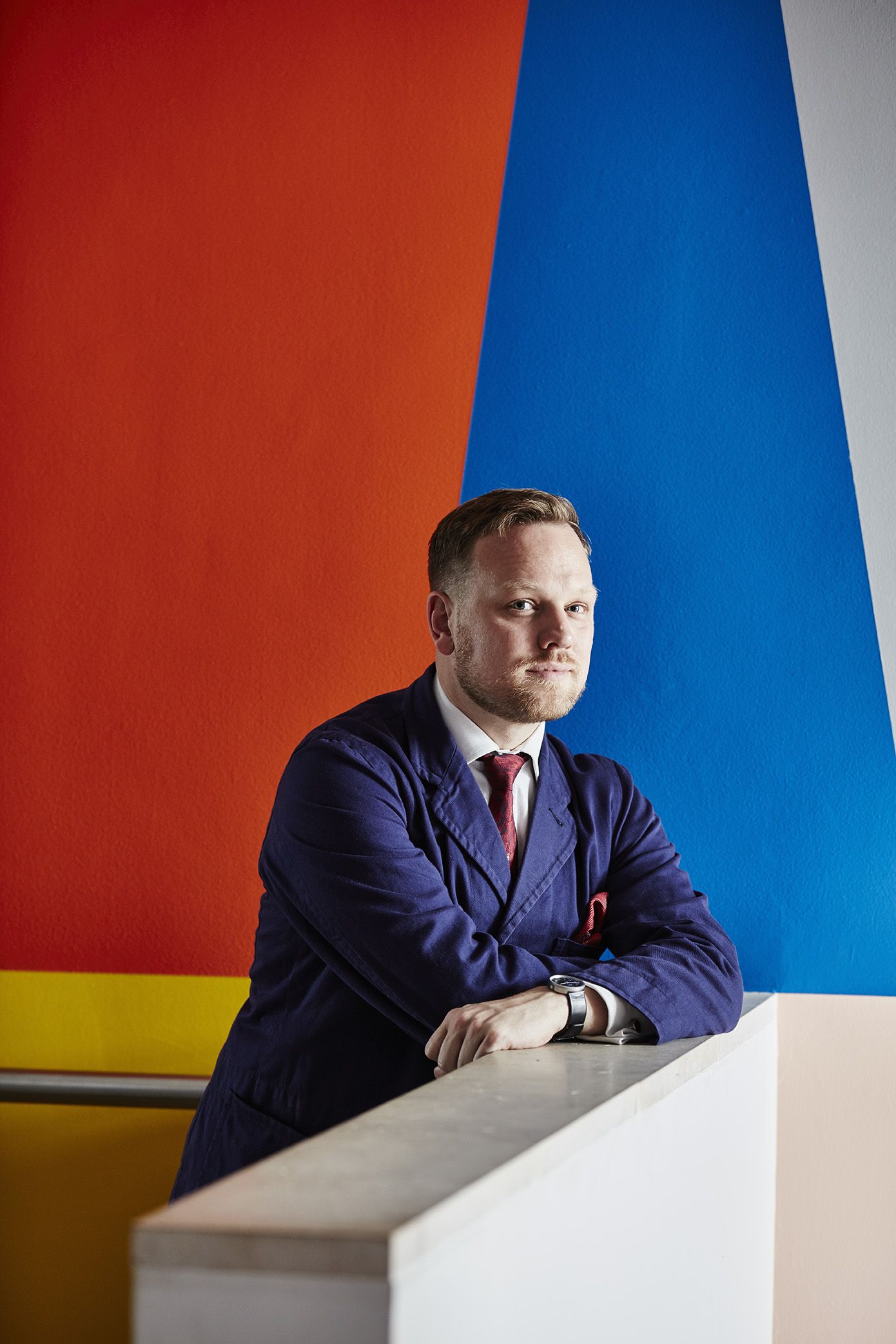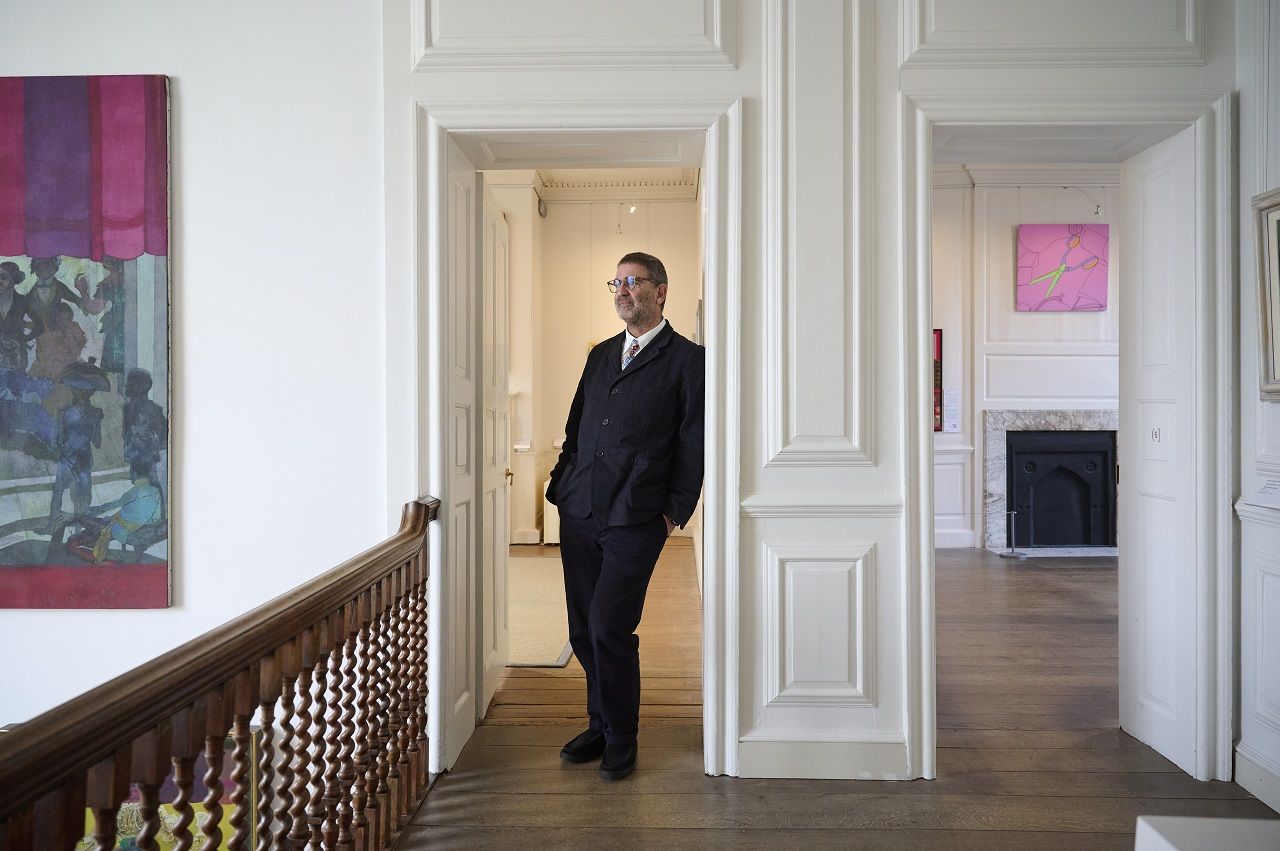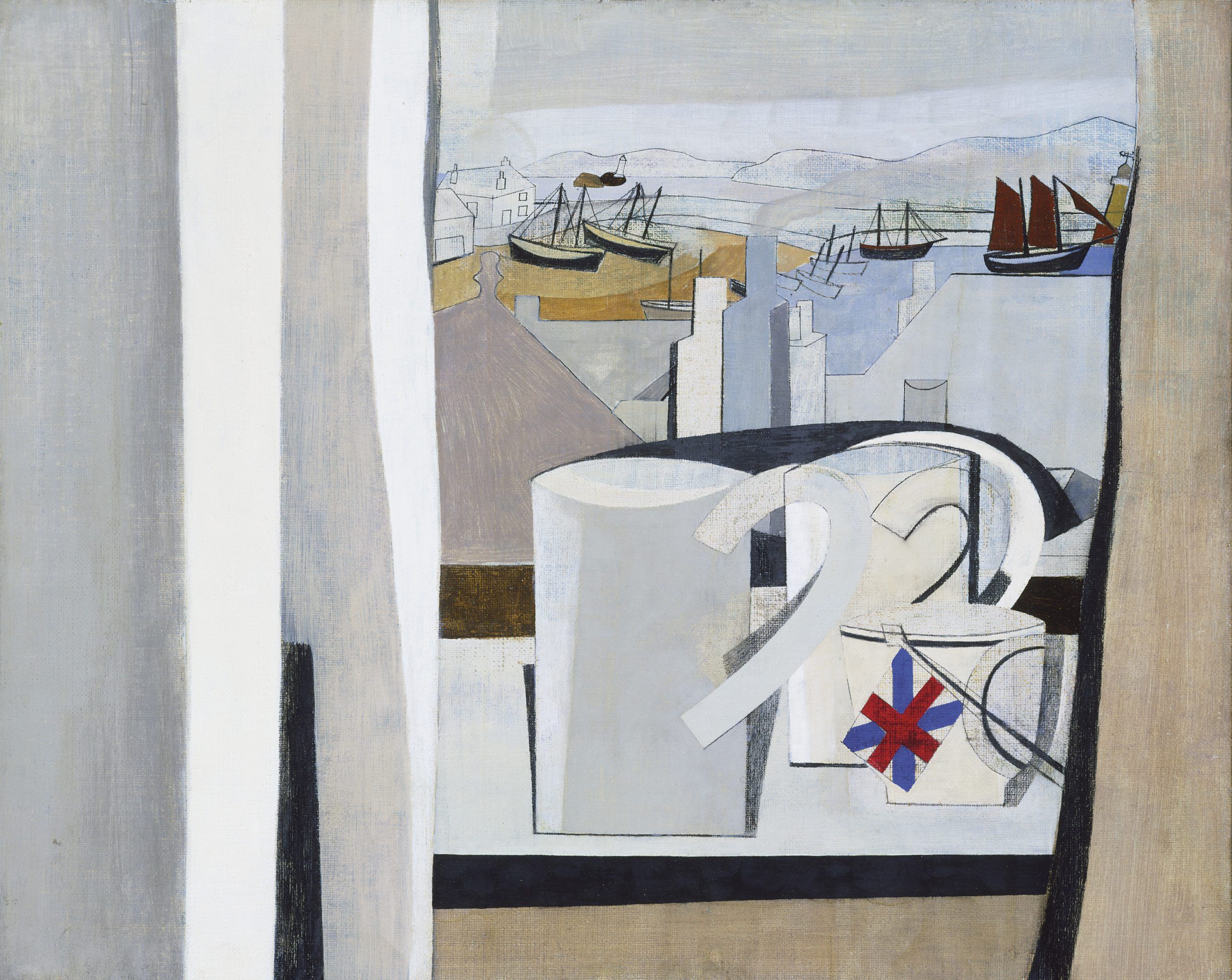Located not far from our West Sussex base, in a central yet quiet corner of Chichester, is Pallant House Gallery, a beacon for art lovers and a testament to the enduring impact of individual passions and legacy. Sofas & Stuff founder and CEO, Andrew and his wife Julia, have been enthralled by its permanent collection and exhibitions since first moving to West Sussex not long after the Gallery opened 40 years ago. It’s a remarkable place and, as such, we wanted it to feature in the first of a new series of blog posts on places and spaces we cherish, and return to time after time. There’s another reason too, as Sofas & Stuff is delighted to be a headline sponsor of Pallant House Gallery’s 2024 summer exhibition, The Shape of Things: Still Life in Britain, which opens on Saturday 11th May.
The Shape of Things considers the genre of still life, examining its evolution and impact on contemporary British art. From vibrant floral arrangements and tranquil domestic scenes, to dark and dream-like visions, the exhibition explores themes of identity, migration, climate change, and colonialism, with a particular focus on works by women and international artists who have made Britain their home. Featuring artists from Anwar Jalal Shemza to Mona Hatoum, alongside renowned figures like Vanessa Bell, David Hockney, and Lucian Freud, the exhibition showcases around 150 artworks from the 17th century to the present, tracing the ever-evolving symbolism of still life, pushing boundaries and challenging perceptions.

In advance of the new exhibition, we had the opportunity to interview gallery director, Simon Martin, delving into what makes Pallant House Gallery such a beguiling and rewarding place to visit.

Simon began by explaining how his connection with Pallant House Gallery started:
“I first heard about the gallery during a student internship at the Peggy Guggenheim Collection in Venice. The Gallery had loaned a vibrant painting of a can-can dancer by the Italian Futurist artist Gino Severini, and my interest was piqued.” The next year, following the completion of his Masters degree at the Courthauld Insitute, Simon was encouraged to apply for the role of Assistant Curator at Pallant House Gallery: “At my interview I said I would stay for two years, but that was 21 years ago!…It’s an unusual career trajectory to stay at one institution”, Simon acknowledges, “but it is a wonderful and inspiring place to work and there are constantly new challenges and opportunities that keep me looking to the future.”
With over two decades of experience at the gallery, we asked Simon to share his thoughts as to what makes Pallant House Gallery such a special place.
A distinctive home
The gallery is situated within a Grade I listed Queen Anne townhouse, displaying its world class collection of modern and contemporary British art in elegant panelled interiors and its 21st century extension. It’s a special setting which gives the gallery a unique atmosphere. As Simon Martin explains, “it’s rather like visiting a collector in their house, with items of furniture dotted around amongst the art. The human proportions make people feel at home with art, even when it is more challenging.”

Walter Hussey, the Dean of Chichester Cathedral in the 1960s and 70s, whose private collection led to the foundation of Pallant House Gallery, believed that as long as the quality was good, you could put the old and new side-by-side. “That”, Simon notes, “has been the central ethos behind the Gallery’s unique blend of historic and modern.”
Personal perspectives
The gallery’s collection is a testament to the passions and interests of diverse individuals who donated artworks over 35 years. As Simon notes, “We say we are a ‘collection of collections’ – formed from a small number of bequests and gifts from passionate individuals with a good eye: including architects, a criminologist, teachers, TV producers and even a former refuse collector who also collected Picasso prints.” These personal connections, Simon suggests, add a certain depth and intimacy to the gallery experience.
The power and potential of the regional art gallery
Last year Pallant House Gallery celebrated its 40th anniversary, so it’s a young institution compared to the big Victorian and Edwardian municipal museums and galleries in cities like Manchester, Glasgow, Liverpool and Leeds. But, as Simon notes, “within these few decades we have acquired around 5,000 artworks, and we are now recognised as one of the best public collections of Modern British art (from 1900 onwards), as well as having important international and contemporary artworks.”
More than this though, Pallant House Gallery is testament to the impact regional galleries can have on their immediate communities, and beyond. Simon highlights the gallery’s role in bringing modern masterpieces by renowned artists like Henry Moore, Barbara Hepworth, and Lucian Freud to the doorstep of schoolchildren, making art education more accessible. He feels that over the last four decades the Gallery has joined the ranks of regional institutions like the Charleston Trust and Towner (also here in Sussex), Kettle’s Yard in Cambridge, the Hepworth in Wakefield, and the Sainsbury Centre for Visual Arts in Norwich, where the combination of remarkable collections and curations, distinctive architecture, and strong community connections now attract visitors from across the globe. It is this combination of internationally renowned quality and local outreach and interaction that makes these cultural hubs so vibrant and vital.
Future vision
Simon’s and the wider team’s vision for Pallant House Gallery is for it to be recognised as an international centre for British art from 1900 onwards – an accolade that will bring both local and far broader benefits. Clear plans are in place to increase exhibition, community and storage space. But, as Simon also notes, “it’s important that we should not only think of the gallery as a physical destination, but also increase digital access to our collections and programmes globally, and send more of our collection out to other institutions internationally.”
“We want to be a valuable resource for teachers and schoolchildren – somewhere they regularly visit, but also use in their classroom teaching. The Gallery has an award-winning community programme that practices sustained engagement with adults with a variety of support needs, but we would also like to expand our outreach work beyond the Gallery to reach audiences that might find it harder to engage. Of course, funding all of this requires a huge amount of money to be raised and so it is important that we develop our links with businesses, like Sofas & Stuff, whose values align with ours as sponsors, as well as fundraising through trusts and foundations, our Friends and Patrons.The Gallery aims to engage diverse communities through outreach, learning programs, and public initiatives. Building stronger links with businesses becomes crucial for sustaining these ambitious plans.”

The Shape of Things: Still Life in Britain
Pallant House Gallery, with it’s fascinating history, architectural charm and ongoing commitment to artistic innovation, is a beacon of cultural vitality. Sofas & Stuff is delighted to be the headline sponsor of The Shape of Things: Still Life in Britain this summer. Still Life has been at the heart of artistic experimentation in Modern British art, and this exciting exhibition is set to bring a great deal to the debate and to our appreciation of this significant area of artistic expression. It opens Saturday 11th May, running through the summer until 20th October 2024.
If you are visiting the area, why not make a day of it. Chichester itself has a great deal to explore, from the centrally-located Cathedral and Bishop’s Palace Gardens, independent shops and eateries, the peaceful and scenic Chichester Canal, and the Marina to the south, to Halnaker Windmill, the Weald & Downland Living Museum, the Goodwood estate and, not forgetting, our Fittleworth showroom a few miles to the north.


